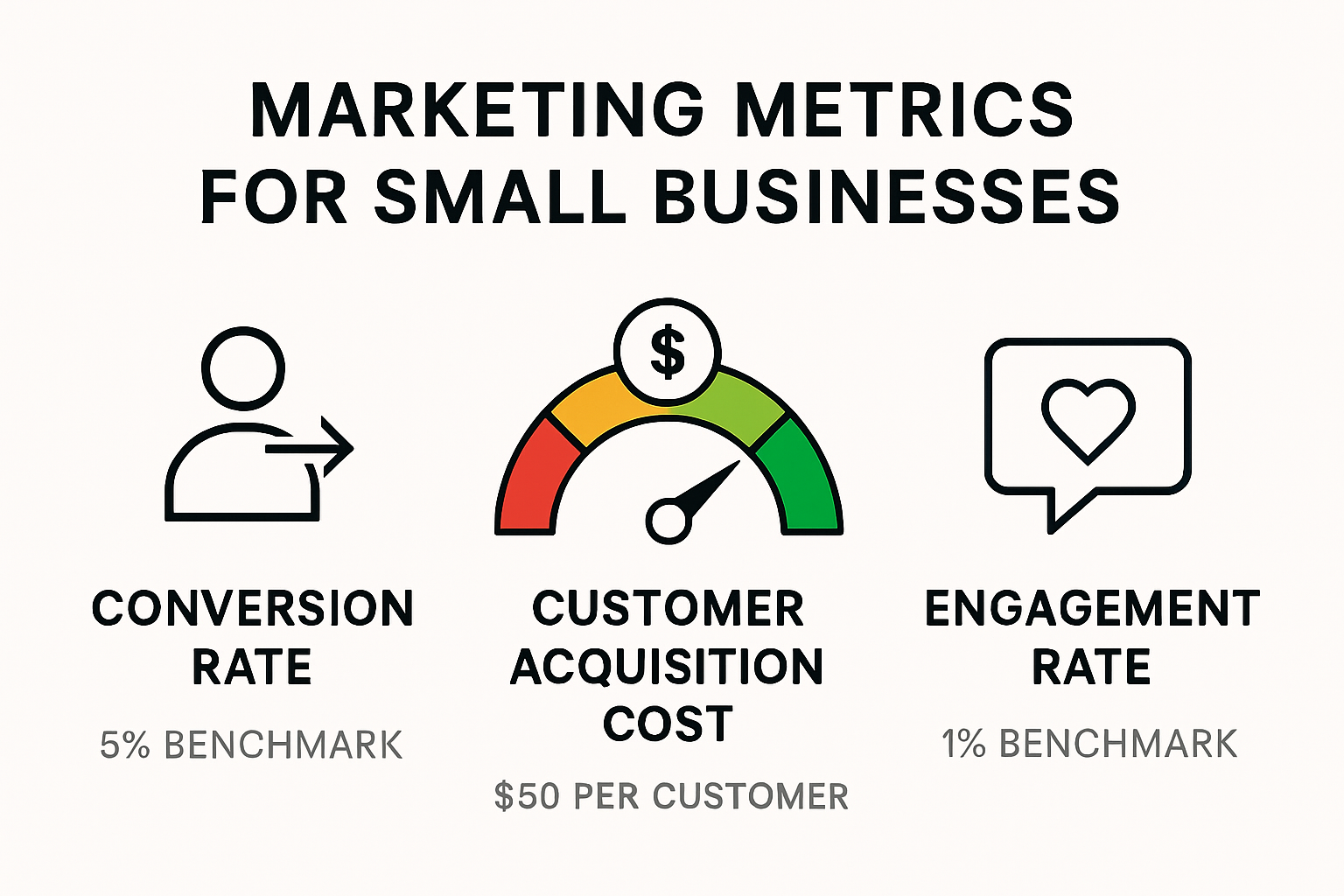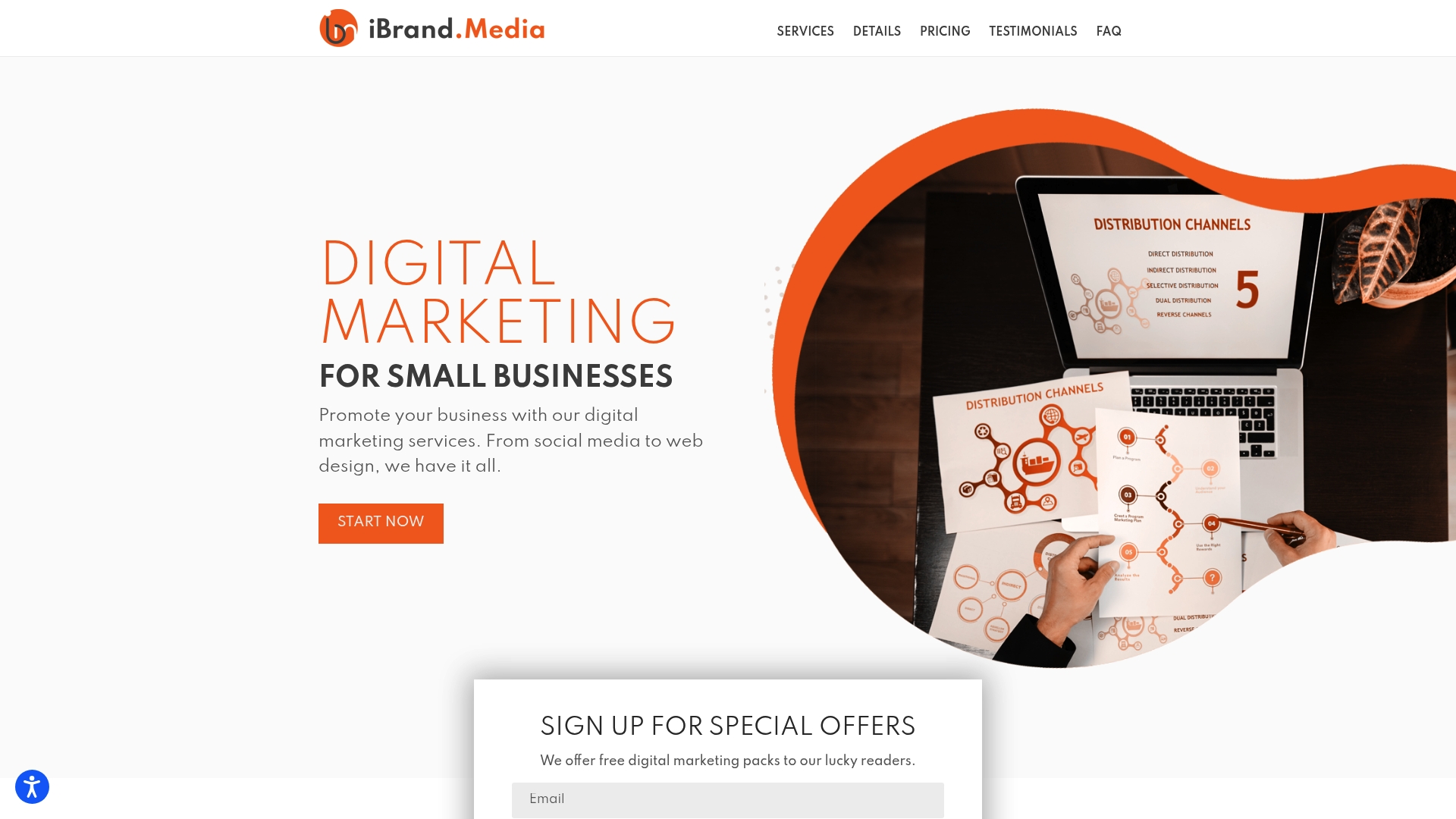Small business owners know that time feels like their scarcest resource. So it might sound wild, but using smart marketing automation can save as much as 6-8 hours every single week according to Hootsuite. The real surprise is that saving those hours is just the beginning. What matters most is how you use that extra time to actually build stronger customer relationships and boost your business in ways most people overlook.
Table of Contents
- Smart Automation Tools For Busy Owners
- Repurposing Content To Reach More Customers
- Outsourcing And Delegating Tasks Effectively
- Tracking Results To Refine Your Marketing Efforts
Quick Summary
| Takeaway | Explanation |
|---|---|
| Utilize Smart Automation Tools | Automation saves time, allowing small business owners to manage marketing efficiently and focus on growth. |
| Repurpose Existing Content | Transforming high-quality content into various formats maximizes reach while conserving resources and time. |
| Outsource Marketing Tasks | Delegating specialized marketing tasks to external experts can enhance efficiency and reduce operational costs. |
| Implement Robust Tracking Systems | Regular tracking of key metrics helps businesses optimize marketing strategies and improve performance over time. |
| Maintain Human Connection in Automation | Balance automation with personal engagement to foster genuine customer relationships and enhance marketing effectiveness. |
Smart Automation Tools for Busy Owners
Running a small business demands constant attention, making time management critical for sustained growth. Automation tools have emerged as game changers for entrepreneurs seeking to maximize efficiency without sacrificing quality. By strategically implementing smart time-saving marketing strategies, business owners can reclaim precious hours while maintaining robust marketing momentum.
Streamlining Social Media Management
Social media presents both an opportunity and a challenge for small businesses. Managing multiple platforms manually consumes significant time and energy. Modern automation tools solve this problem by enabling centralized content scheduling, performance tracking, and audience engagement. Discover social media optimization techniques that can transform your digital marketing approach.
According to Hootsuite’s 2023 Social Media Trends Report, businesses using comprehensive social media management platforms save an average of 6-8 hours per week. These platforms allow automatic post scheduling, content curation, and real-time performance analytics. Key features include:
- Bulk Scheduling: Prepare weeks of content in a single session
- Analytics Dashboard: Track engagement metrics without manual compilation
- Content Recommendation: AI-powered suggestions for optimal posting times
Email Marketing Automation Strategies
Email remains a powerhouse marketing channel, but manually managing campaigns can be overwhelming. Automation tools transform this landscape by enabling sophisticated, personalized communication workflows. Modern email marketing platforms offer intelligent segmentation, triggered email sequences, and comprehensive performance tracking.
Campaign Monitor’s research reveals that automated email campaigns generate 320% more revenue than non-automated emails. These tools allow businesses to:
- Segment Audience: Create targeted campaigns based on customer behavior
- Trigger Personalized Workflows: Send specific emails based on user interactions
- A/B Testing: Automatically test and optimize email content
Customer Relationship Management Automation
Effective customer relationship management goes beyond traditional communication methods. Advanced CRM automation tools integrate multiple communication channels, track customer interactions, and provide intelligent insights. By automating routine follow-ups and communication processes, businesses can maintain consistent engagement without constant manual intervention.
Small business owners can leverage these automation tools to create a more efficient, responsive marketing ecosystem. The key is selecting tools that align with specific business needs and integrate seamlessly with existing workflows. While automation offers tremendous benefits, successful implementation requires strategic planning and periodic performance review.
To help small business owners select the right automation tools, here’s a comparison of key features offered by social media management, email marketing, and CRM automation platforms discussed above:
| Tool Type | Key Features |
|---|---|
| Social Media Management | Bulk scheduling, analytics dashboard, AI content recommendation |
| Email Marketing Automation | Audience segmentation, triggered workflows, A/B testing |
| CRM Automation | Integrated channels, interaction tracking, intelligent insights |
Remember that automation should enhance human connection, not replace it. The most effective time-saving marketing strategies balance technological efficiency with genuine, personalized customer experiences.

Repurposing Content to Reach More Customers
Small businesses often struggle with creating consistent marketing content while managing limited resources. Repurposing content emerges as a strategic solution to maximize marketing efforts, enabling businesses to extend their reach without constantly generating entirely new materials. Explore content promotion strategies that can transform your marketing approach.
The CORE Strategy for Content Maximization
According to West Virginia University’s Marketing Communications program, the CORE method (Create Once, Repurpose Everywhere) provides a systematic approach to content optimization. This strategy involves transforming a single piece of high-quality content into multiple formats, ensuring maximum visibility and engagement across different platforms.
Key approaches for content repurposing include:
- Blog to Video: Convert written articles into engaging video presentations
- Podcast Snippets: Extract short audio clips for social media promotion
- Infographic Summaries: Transform complex data into visually appealing graphics
Cross-Platform Content Adaptation
MIT’s Social Media Hub emphasizes the importance of adapting content to suit different platform requirements. Each social media channel has unique audience expectations and content consumption patterns. Successful repurposing means understanding these nuances and tailoring content accordingly.
For example, a comprehensive blog post about local business marketing could be transformed into:
Below is a table summarizing the primary content repurposing formats and example adaptations, according to the strategies outlined in the article:
| Original Content Type | Repurposed Format | Platform Example |
|---|---|---|
| Blog Post | Video Presentation | YouTube |
| Blog Post | Carousel Post | |
| Blog Post | Thread | |
| Article | Professional Article | |
| Podcast | Audio Snippets | Social Media |
| Data/Article | Infographic Summary | Various Social Platforms |
- LinkedIn professional article
- Instagram carousel post with key insights
- Twitter thread highlighting main points
- YouTube tutorial video
Strategic Content Distribution Principles
Oklahoma State University Extension recommends a balanced approach to content creation and distribution. Their research suggests following the 80/20 rule: 80% of content should inform and educate, while 20% can be promotional. This strategy helps build audience trust and maintains engagement.
Effective content repurposing requires careful planning and creativity. Business owners should view each content piece as a versatile asset that can be reimagined and redistributed across multiple channels. By implementing these strategies, small businesses can amplify their marketing message, reach broader audiences, and optimize their limited marketing resources.
Remember that successful content repurposing is not about quantity but quality. Each transformed piece should provide genuine value, maintain brand consistency, and resonate with the target audience’s specific interests and needs.
Outsourcing and Delegating Tasks Effectively
Time is the most precious resource for small business owners. Effective outsourcing and delegation can transform how entrepreneurs manage their workload, enabling them to focus on core business strategies and growth. Learn about strategic business optimization to maximize your operational efficiency.
Strategic Marketing Task Delegation
The U.S. Small Business Administration reveals that strategic outsourcing allows small businesses to access professional expertise without maintaining full-time staff. Marketing functions particularly benefit from this approach, offering specialized skills and cost-effective solutions.
Key marketing tasks ideal for outsourcing include:
- Content Creation: Professional writers and designers
- Social Media Management: Specialized digital marketing agencies
- Analytics and Reporting: Data analysis experts
Financial Considerations of Outsourcing
Harvard Business School research demonstrates that strategic outsourcing can significantly reduce operational costs. By leveraging external expertise, businesses can access high-quality services without the overhead of full-time employees. This approach allows for:
- Flexible resource allocation
- Access to specialized skills
- Reduced long-term employment expenses
Effective Delegation Principles
Michigan State University Extension emphasizes that successful delegation goes beyond simply assigning tasks. It involves creating clear expectations, providing necessary resources, and maintaining open communication channels.
Effective delegation requires:
- Clearly defined task objectives
- Realistic performance expectations
- Regular progress check-ins
- Constructive feedback mechanisms
Business owners must approach outsourcing and delegation as a strategic decision. It is not about offloading work but about creating a more efficient, responsive business ecosystem. The goal is to build a network of trusted professionals who can extend your business capabilities while allowing you to focus on core strategic objectives.
Successful delegation demands trust, clear communication, and a willingness to invest time in training and onboarding. While it may seem counterintuitive, spending time upfront to establish robust systems and relationships can save significant time and resources in the long term.
Remember that outsourcing is not about replacing your team but augmenting their capabilities. The most effective small businesses view external partners as extensions of their internal team, creating a collaborative approach to business growth and innovation.
Tracking Results to Refine Your Marketing Efforts
Effective marketing is not about guesswork but data-driven decision making. Small businesses must develop robust systems to track and analyze marketing performance, transforming raw data into actionable insights. Learn how to set strategic marketing objectives to maximize your growth potential.
Key Performance Metrics for Marketing Analysis
Management Science research demonstrates that data-driven strategies can increase business revenues by up to 3.6%. Understanding which metrics matter most allows businesses to optimize their marketing investments and improve overall performance.
Critical marketing metrics to monitor include:

- Conversion Rates: Percentage of leads becoming customers
- Customer Acquisition Cost: Total expense of gaining a new customer
- Return on Marketing Investment: Direct revenue generated from marketing efforts
- Engagement Rates: Interactions with marketing content across platforms
Digital Analytics Tools and Strategies
SCORE, supported by the U.S. Small Business Administration, recommends leveraging digital analytics tools to gain comprehensive marketing insights. Google Analytics provides a powerful, free platform for tracking website performance and understanding customer behavior.
Key analytics strategies include:
- Monitoring website traffic sources
- Tracking user engagement and bounce rates
- Analyzing conversion funnels
- Identifying most effective marketing channels
Budget Optimization Through Precise Tracking
The U.S. Small Business Administration emphasizes the importance of strategic budget allocation through meticulous result tracking. By understanding which marketing efforts generate the highest returns, businesses can make informed decisions about resource distribution.
Effective tracking methods include:
- Using unique tracking codes for different marketing campaigns
- Surveying new customers about their discovery channel
- Implementing comprehensive analytics dashboards
- Regularly reviewing and adjusting marketing strategies
Successful marketing tracking is an ongoing process of measurement, analysis, and adaptation. Small businesses must view their marketing efforts as dynamic systems that require continuous refinement. By embracing data-driven strategies, entrepreneurs can transform marketing from a cost center into a powerful growth engine.
Remember that tracking is not just about collecting data but interpreting it meaningfully. The most successful businesses use marketing analytics not just to understand past performance but to predict and shape future opportunities.
Frequently Asked Questions
What are the benefits of using marketing automation tools for small businesses?
Marketing automation tools can save small business owners significant time—around 6-8 hours per week—by streamlining social media management, email marketing, and customer relationship management, allowing them to focus on growth and customer relationships.
How can small businesses effectively repurpose content?
Small businesses can repurpose content by transforming existing materials into different formats, such as turning blog posts into videos or infographics, to maximize reach and engagement across various platforms.
What marketing tasks are best suited for outsourcing?
Key marketing tasks ideal for outsourcing include content creation, social media management, and analytics reporting, allowing businesses to access specialized skills without the overhead cost of full-time employees.
Why is tracking marketing performance important for small businesses?
Tracking marketing performance allows small businesses to gather data on key metrics, helping them make informed decisions, optimize marketing strategies, and improve overall profitability.
Maximize Your Time and Accelerate Small Business Growth with Ibrand Media
Are you feeling overwhelmed trying to balance day-to-day tasks with keeping up your digital marketing? The article highlights how small business owners lose valuable hours each week struggling to manage social media, email campaigns, content creation, and tracking results. Imagine recovering that lost time so you can focus on building real customer relationships and scaling your business. Visit our Uncategorized | Ibrandmedia page for more advice tailored to your needs.

Stop letting limited time stall your progress. At ibrand.media, we deliver affordable, personalized solutions like social media management, SEO, mobile-optimized web design, and real-time performance tracking. If you want a marketing plan that actually saves you time while increasing your reach, explore your options now and take the first step toward easier growth with a free strategy consult today.
Recommended
- Key Trends in Small Business Marketing 2025 | Ibrandmedia
- Affordable Digital Marketing Tactics for Small Businesses 2025 | Ibrandmedia
- Effective Strategies for Improving Small Business Visibility in 2025 | Ibrandmedia
- Top Small Business Marketing Challenges and Smart Solutions | Ibrandmedia
- Digital Marketing Strategies for 2025: Growth for All Businesses|BM
- Email Marketing Essentials: Strategies for Business Growth – Solution for Guru

Recent Comments